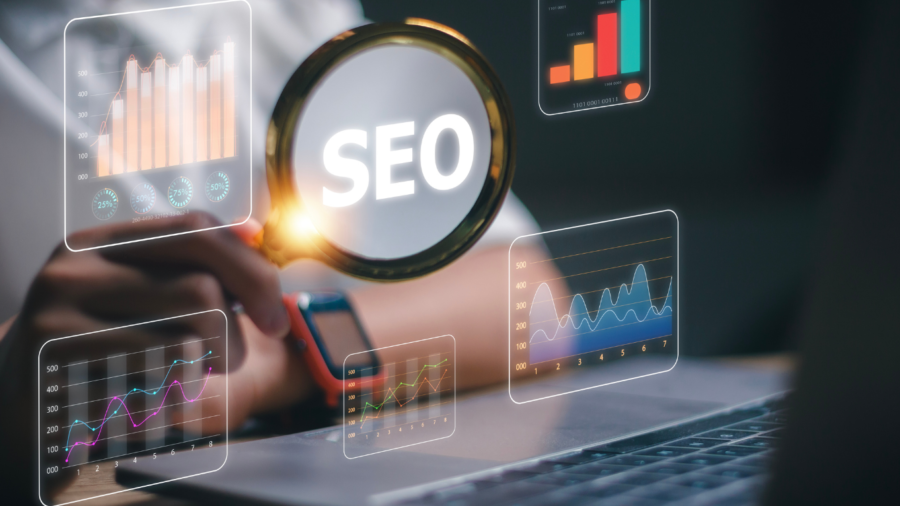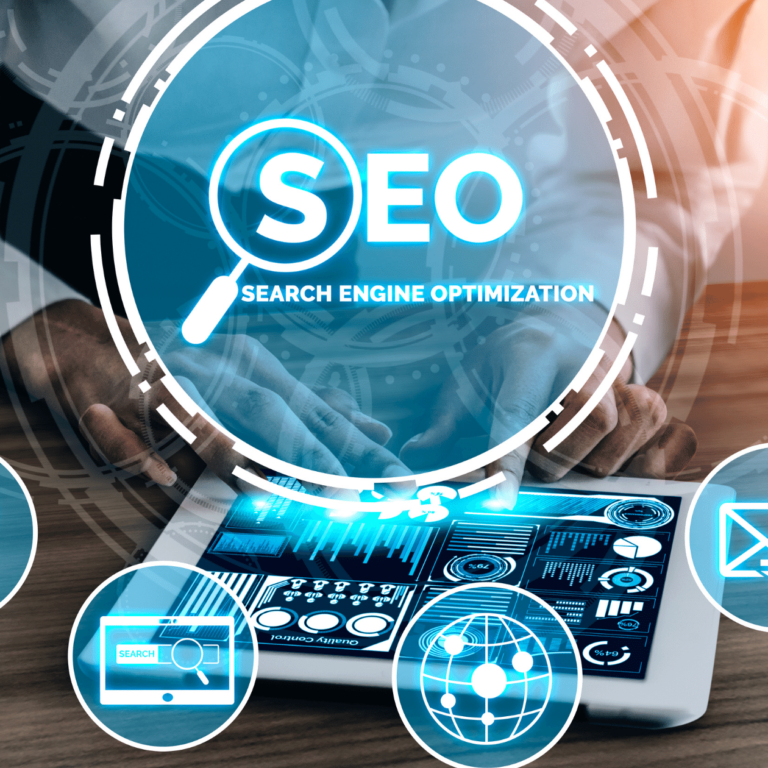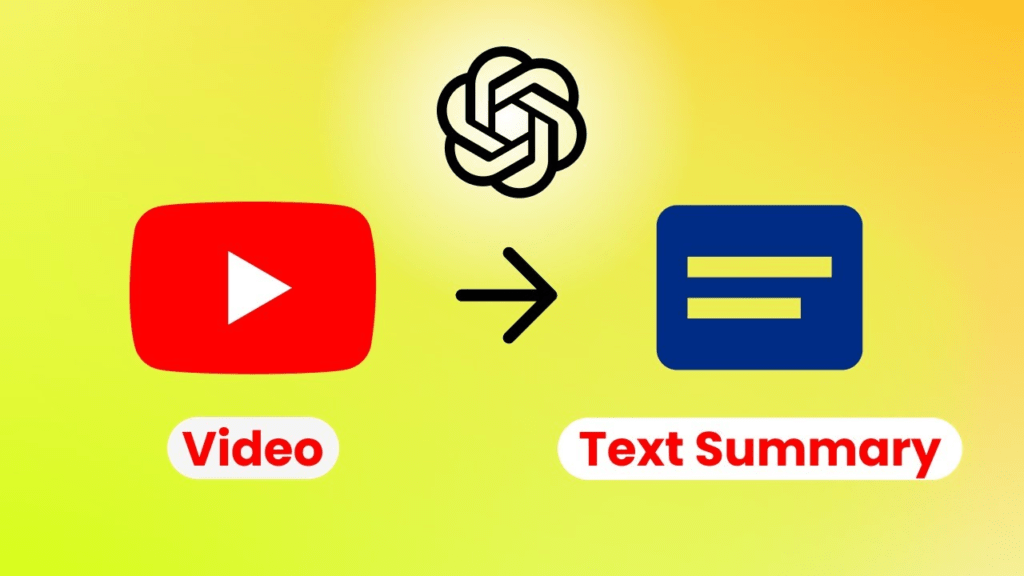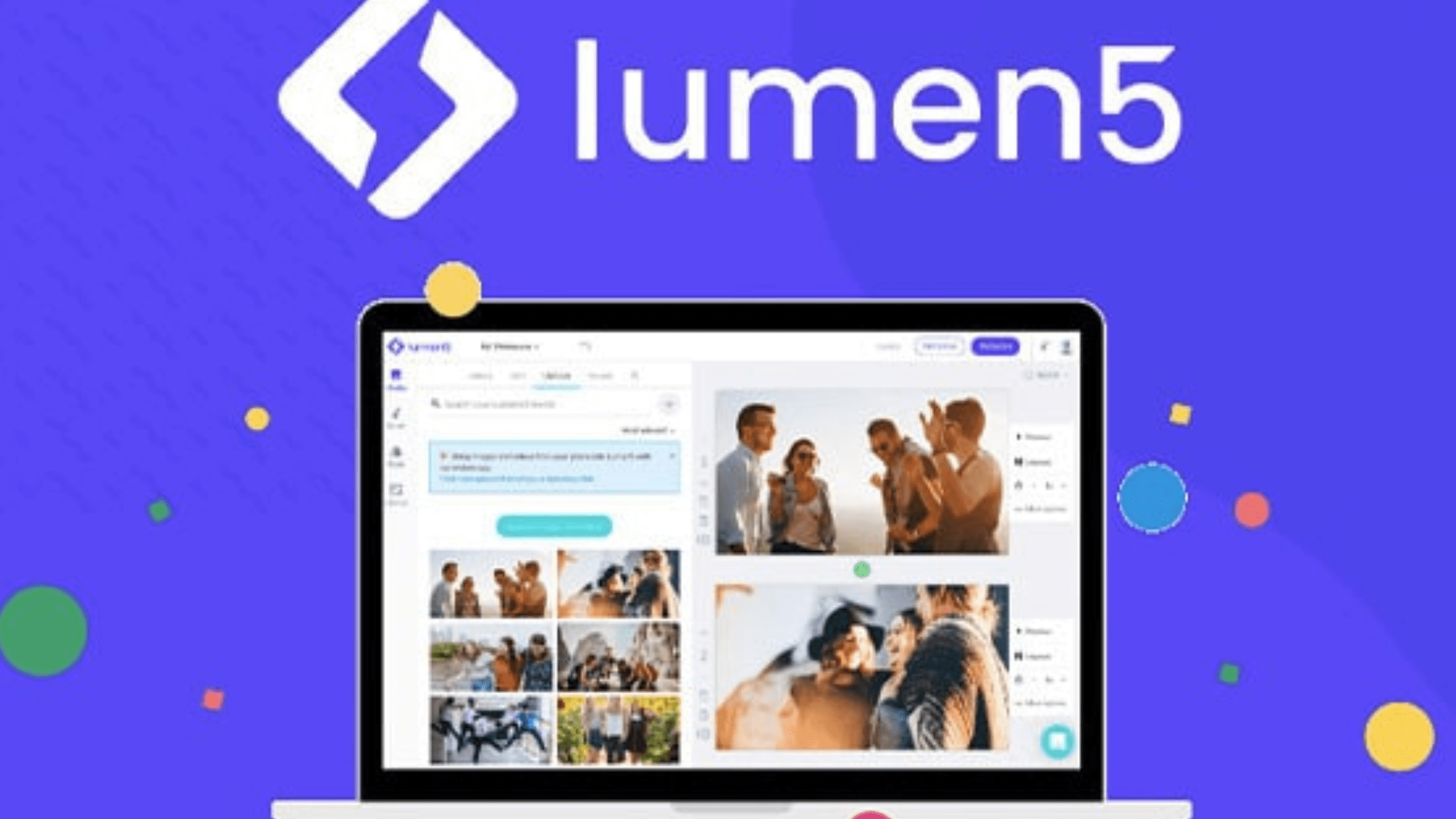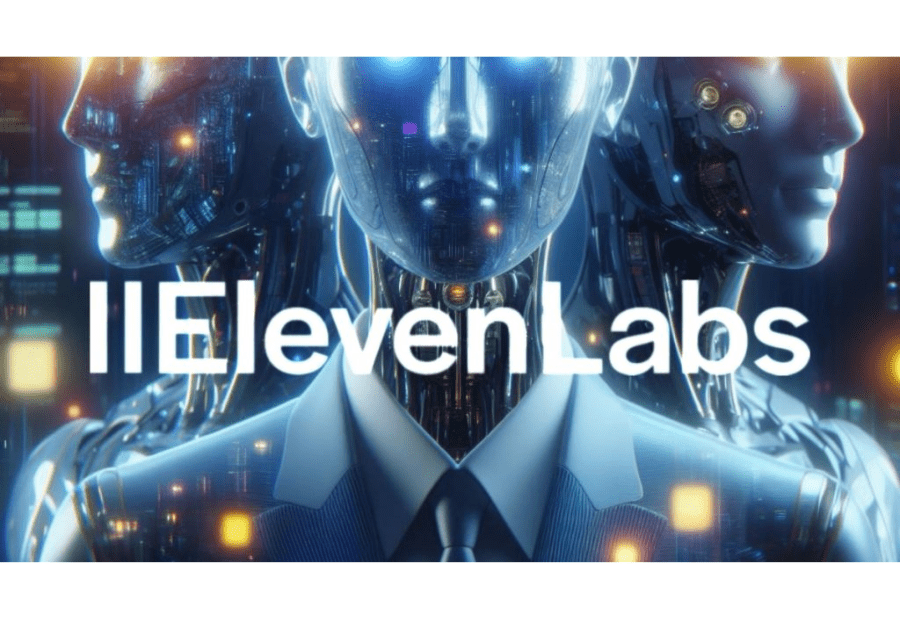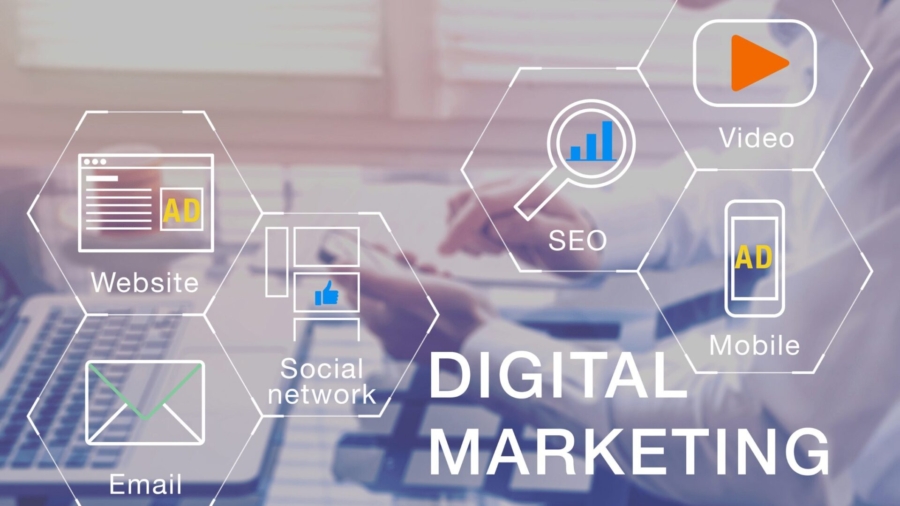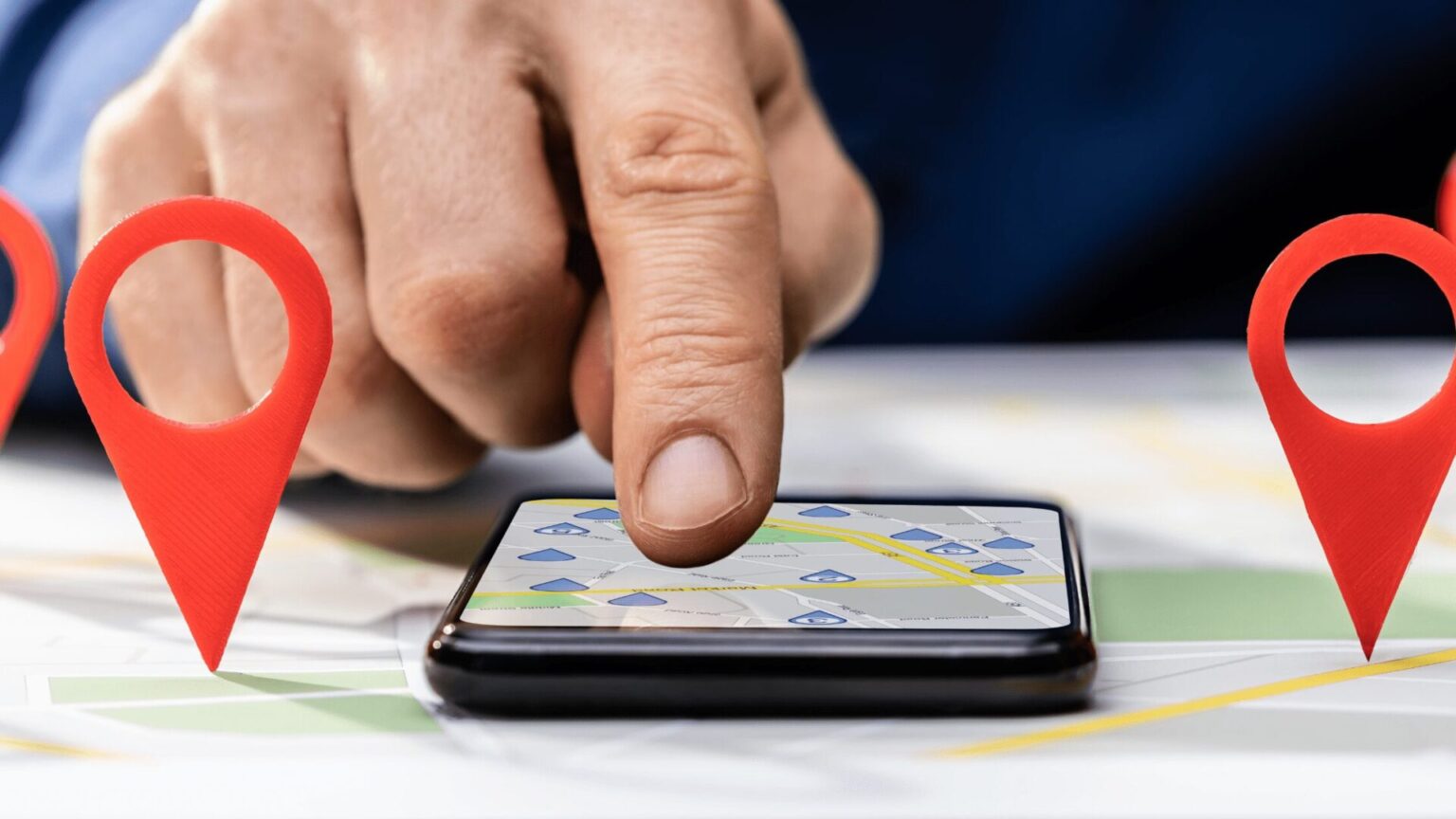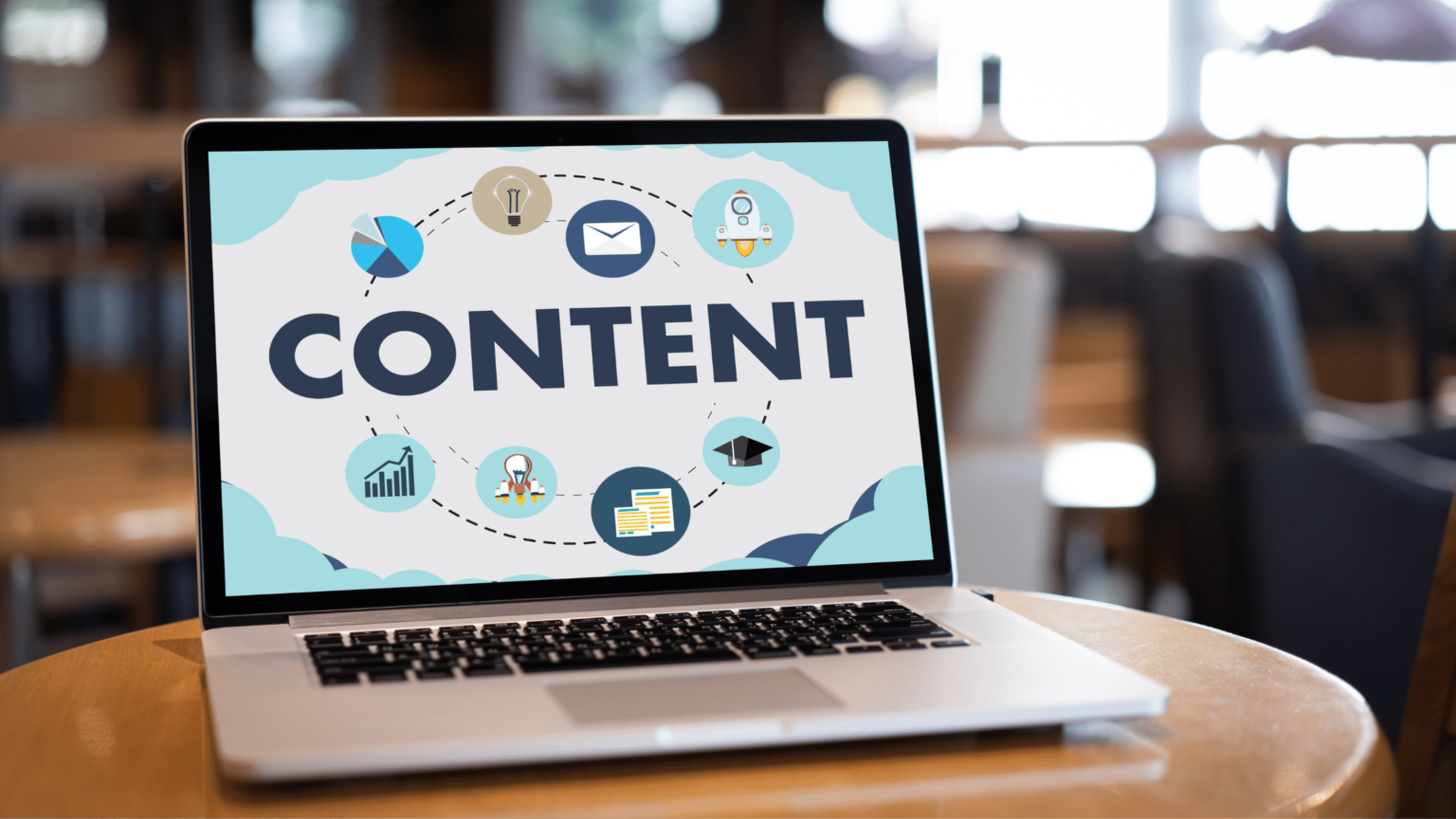
Google’s algorithms determine how websites are ranked and displayed in search results. Staying updated with these algorithm changes is essential for maintaining a competitive edge and ensuring your website’s visibility. This blog will explore all the major Google algorithm updates, breaking down their purpose, impact, and how they can shape your SEO strategy.
1. Panda Algorithm
Google’s Panda algorithm, launched in February 2011, focuses on improving the quality of search results by penalizing websites with low-quality or thin content. This type of algorithm impacted approximately 12% of search results. To recover from or avoid a Panda penalty, it’s essential to create unique, well-researched, and user-friendly content that provides genuine value to readers.
2. Penguin Algorithm
Google’s Penguin algorithm, introduced in April 2012, aims to catch sites that engage in manipulative link-building practices to boost their rankings. It comes in under the black hat SEO technique. This type of algorithm impacted approximately 3.1% of search results. To recover from a Penguin penalty, focus on building a natural backlink profile with high-quality, relevant links and avoid manipulative or spammy SEO techniques.
3. Hummingbird Algorithm
Google’s Hummingbird algorithm, introduced in 2013, helps the search engine understand the meaning behind users’ search queries. Instead of matching individual keywords, it looks at the context to deliver more accurate results. This means Google can now provide more relevant answers to complex or conversational questions. To optimize for Hummingbird, create content that fully answers the user’s question, not just content focused on specific keywords.
4. Mobile Algorithm
Google’s Mobile update is an algorithm update that was released in 2015. It was introduced to focus on boosting mobile-friendly websites in smartphone search results. The exact impact of the results was not revealed, but it was said to have a more significant impact than Panda and Penguin, which affected 12% and 3% of search results, respectively.
5.Rankbrain Algorithm
RankBrain, launched in 2015, is a part of Google’s algorithm that uses artificial intelligence (AI) to understand and process search queries more effectively. It helps Google interpret the meaning behind unfamiliar or complex searches and deliver the most relevant results. RankBrain focuses on understanding the user’s intent and context rather than just matching keywords. To optimize for RankBrain, create clear, informative content that addresses various related topics to meet different user needs.
6. Medic Algorithm
The Medic Algorithm, rolled out in August 2018, primarily affected websites in the health, wellness, and medical industries. It focused on improving the quality of search results for “Your Money or Your Life” (YMYL) pages—websites that provide advice or information that can impact a person’s health, finances, or safety. The algorithm emphasizes expertise, authority, and trustworthiness (E-A-T) in content. To optimize for the Medic update, ensure your content is accurate, written by industry experts, and supported by credible sources.
7. Bert Algorithm
The BERT (Bidirectional Encoder Representations from Transformers) algorithm, introduced in October 2019, is a major advancement in natural language processing. It helps Google understand the context of words in a search query, allowing for better interpretation of complex or conversational phrases. Unlike previous algorithms that looked at keywords individually, BERT considers the entire sentence, which helps deliver more relevant search results. To optimize for BERT, focus on creating high-quality content that answers specific questions and uses natural language, making it easier for Google to understand the context and intent behind the queries.
8. Core Algorithm
Google’s Core Algorithm refers to the main set of updates that Google releases to improve search results. These updates happen several times a year and aim to enhance the overall quality of search results by adjusting how content is ranked. While specific details of each core update are not disclosed, they generally focus on improving relevance, trustworthiness, and user experience. Websites affected by core updates may see changes in their rankings, either positive or negative, depending on how well their content meets Google’s evolving quality guidelines. To prepare for core updates, focus on creating high-quality, useful content that aligns with user intent and provides a great overall experience.
In conclusion, understanding Google algorithms is key to achieving strong SEO performance and improving your website’s visibility. By keeping up with the latest updates and optimizing your strategies, you can stay ahead of the competition and attract more organic traffic. To make this process easier and more effective, partnering with the best SEO agency in Pune can help you navigate these changes and build a successful online presence that drives long-term growth.

